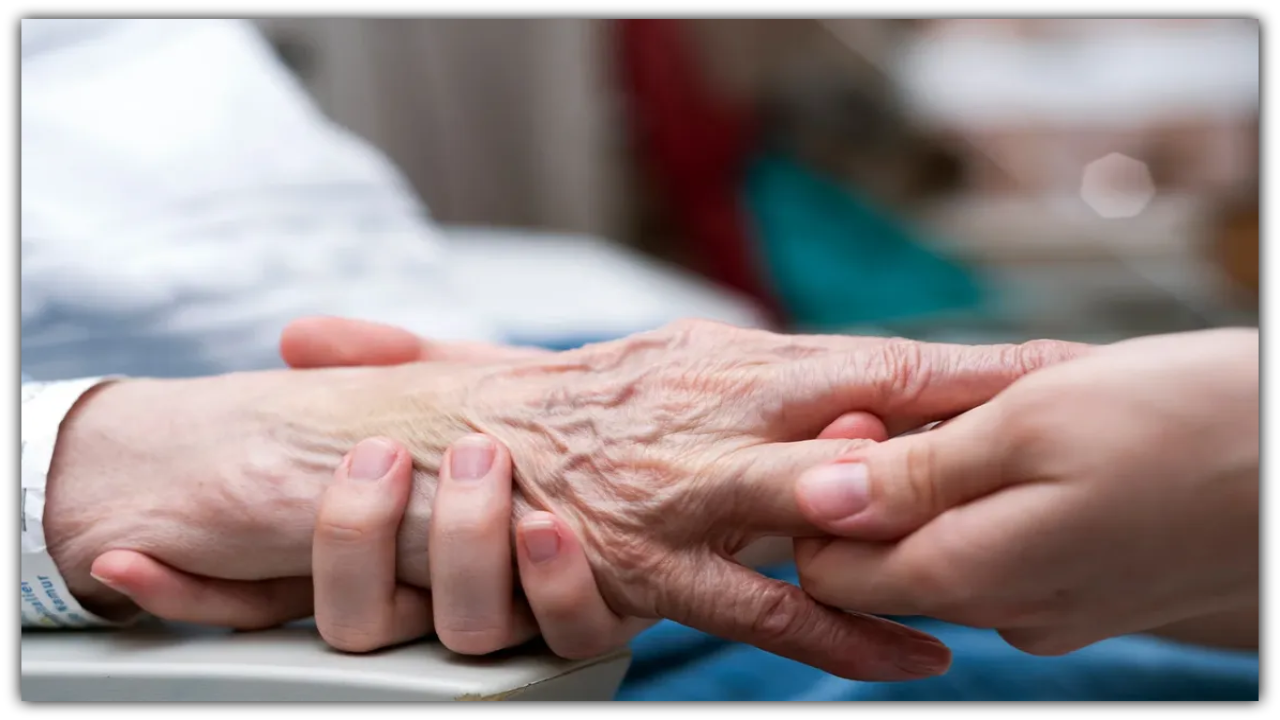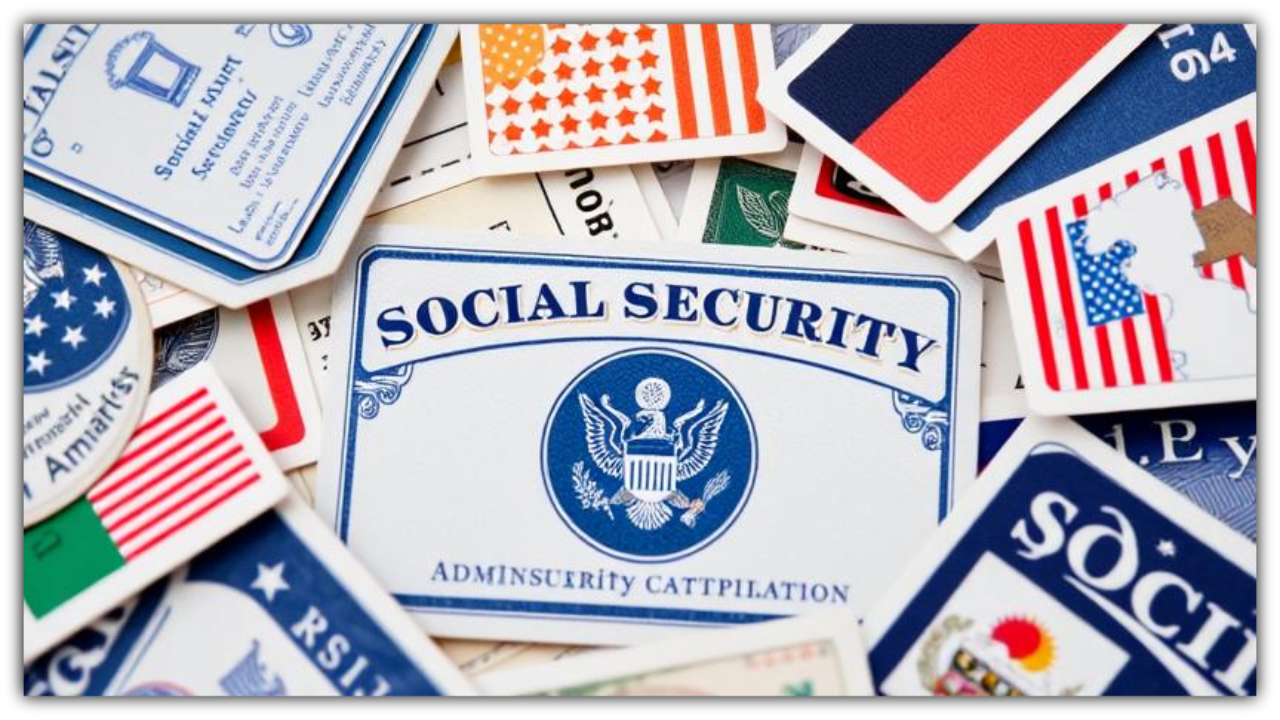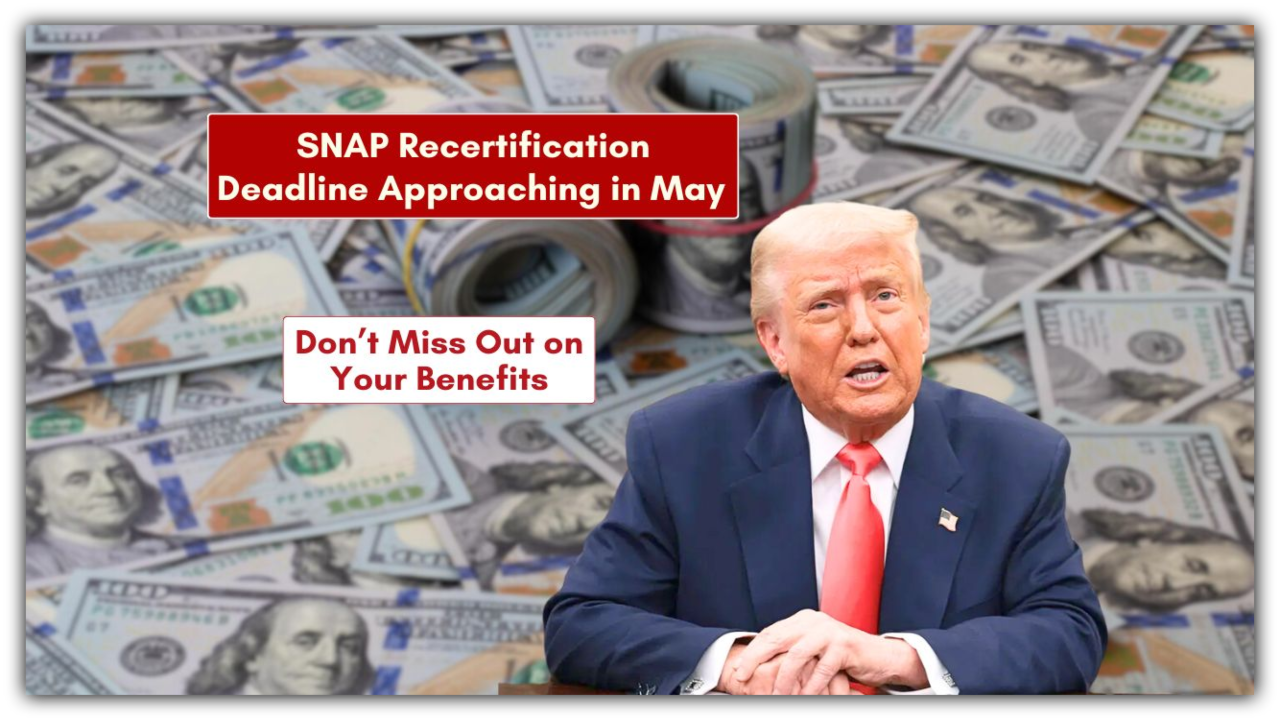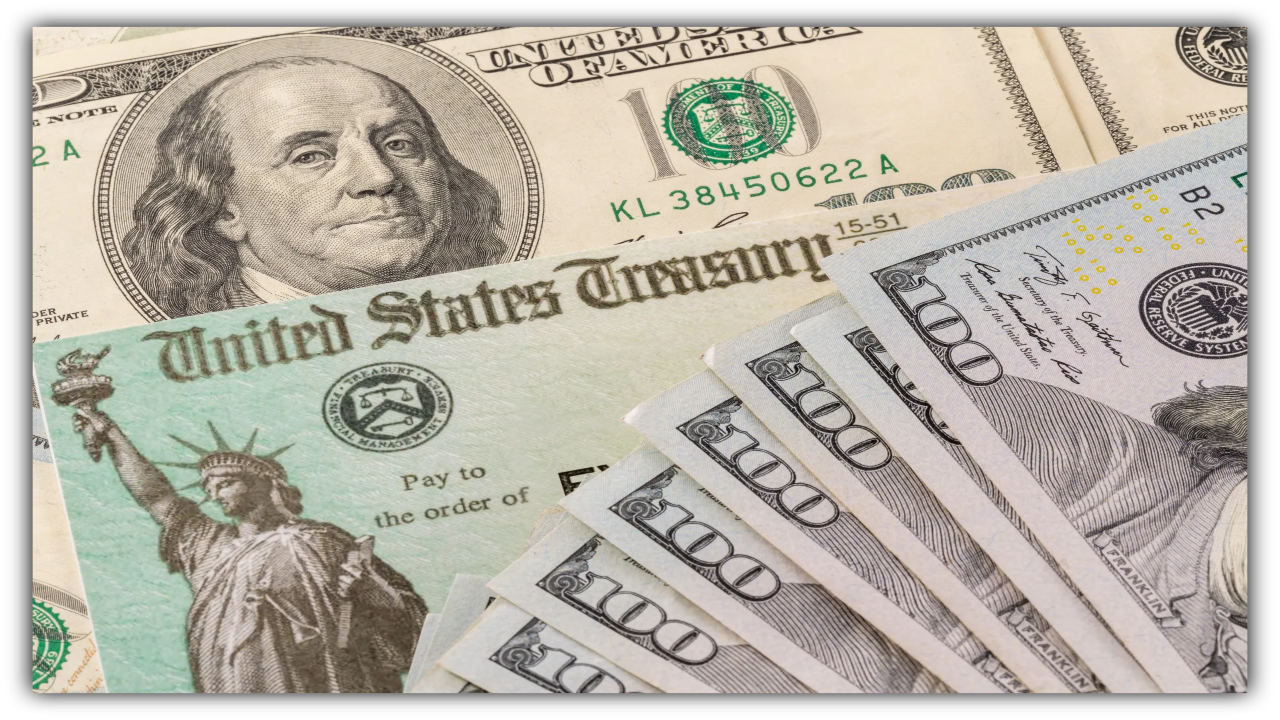Good news for millions of Americans—direct deposits of up to $1,910 are set to go out in January 2025. These payments aim to help households tackle rising costs and provide a fresh financial boost at the start of the year. Here’s a breakdown of how much you can expect, who qualifies, and when the money will arrive.
The payments are part of a mix of federal relief programs, state tax rebates, and other financial assistance initiatives. While some people will qualify for the full $1,910, the amount you receive will depend on your income, filing status, and other criteria.
How Much Can You Expect?
The maximum payment of $1,910 is reserved for those who meet specific income thresholds. Individuals earning less than $75,000 annually are likely to qualify for the full amount. Couples filing jointly can receive up to $1,910 if their combined income is below $150,000.
Some programs may adjust payments based on additional factors, such as household size or dependents. States distributing these funds often provide bonus amounts to families or single parents, so be sure to check your state’s guidelines.
Who Qualifies for These Payments?
Eligibility for the January payments will depend on the program distributing the funds. For many, filing their 2023 or 2024 taxes will be key, as tax records are often used to determine payment amounts.
Residents receiving assistance from programs like Medicaid, Social Security, or SNAP may also qualify for additional benefits. Since many states oversee these programs, being a resident of a participating state is often required.
When Will the Money Arrive?
The first wave of direct deposits is expected to begin in mid-January 2025. If you’ve provided banking information through your tax return or social assistance programs, you’ll likely receive your payment sooner. For those who rely on paper checks, payments could take longer to arrive, potentially stretching into late January.
What to Do If You’re Eligible
If you think you qualify, don’t wait—take steps to ensure you receive your payment. Start by checking your state’s government website for the latest information on eligibility and payment schedules. If you haven’t filed your tax returns for the past year, get that done as soon as possible.
Those enrolled in government programs should confirm that their contact information and banking details are up to date to avoid delays. If you’re unsure about your eligibility, reach out to your state’s tax office or consult a financial professional for guidance.
For many Americans, these payments can make a significant difference. Whether it’s covering bills or providing a little extra cushion, the relief couldn’t come at a better time.




